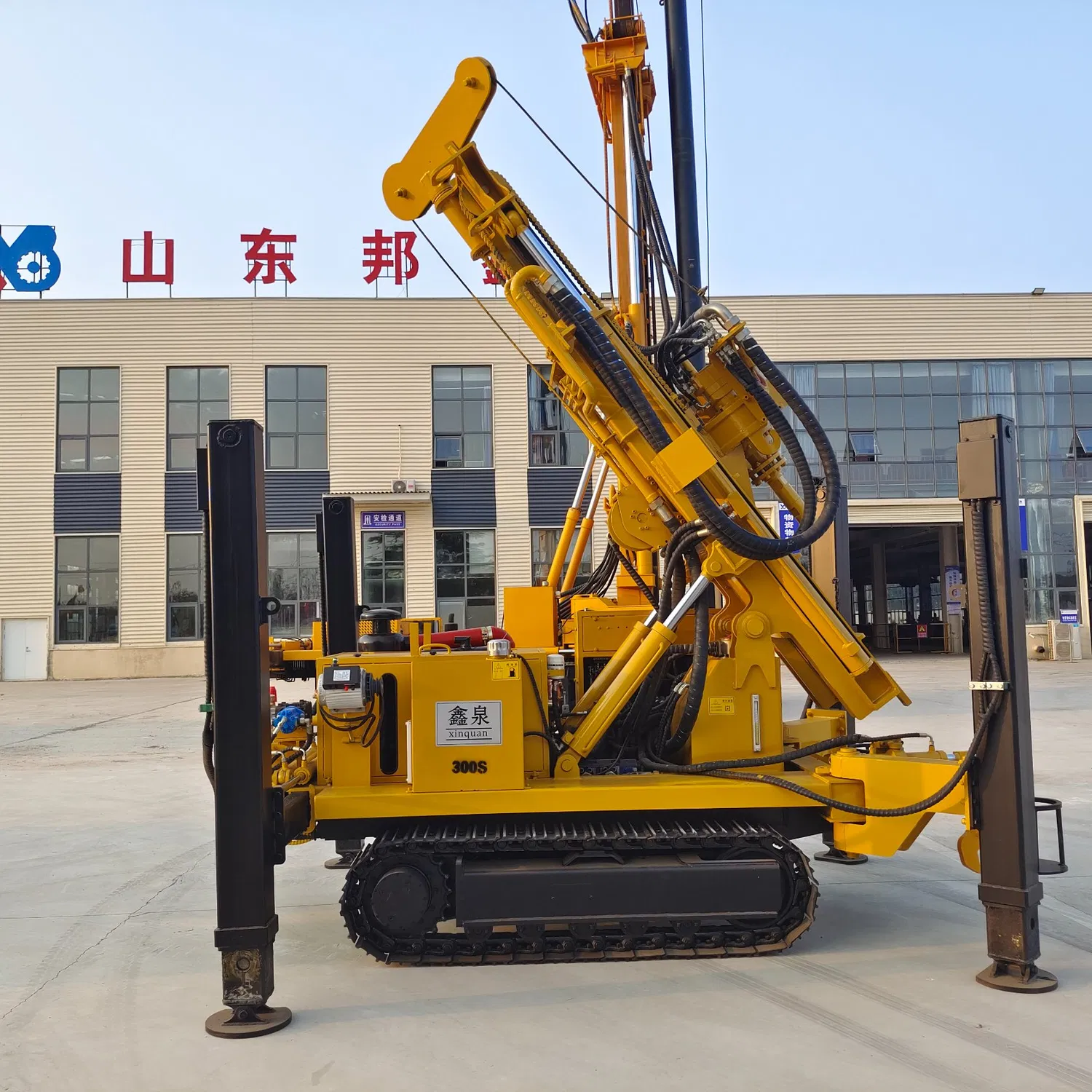Application of Water Well Drilling Rig in Pore Water Hydrogeological Exploration
A water well drilling rig uses targeted techniques to reveal pore water aquifer distribution and features. Pore water lies in loose sediment pores.
-
Layered drilling for aquifer structure: Loose sediments are layered. The rig uses casing and layered drilling to avoid mixing. In alluvial fans, it cores from top to edge. It finds pebble (strong aquifer), sand (medium), clay (impermeable) layers, showing pore water zoning.
-
Measuring aquifer physical properties: Analyze core particles to get sand grain size, sorting and porosity. Combine with pump tests to calculate permeability. A delta plain core shows 35% porosity in fine sand. Tests give 5m/d permeability—good water yield and conductivity.
-
Finding salt-fresh water interfaces and monitoring: In coastal areas, the rig cores continuously and samples water to locate interfaces. A coastal city’s rig found mineralization jump at 25m (1g/L to 5g/L)—the interface, guiding safe extraction. Observation holes monitor water level and quality. An irrigation area’s 10 holes show 1-2m level rise in irrigation season—key recharge source.

A water well drilling rig provides detailed data. It supports rational development of pore water resources for water well drilling rigs.
 Bohrinsel Bangxin
Bohrinsel Bangxin